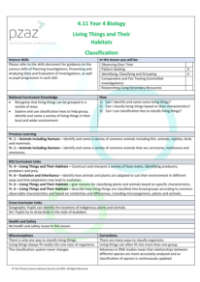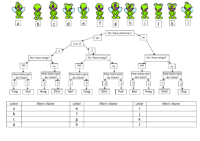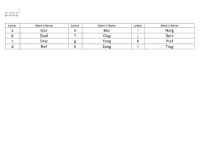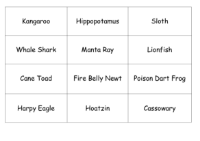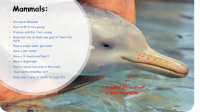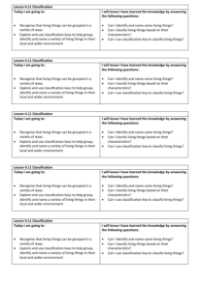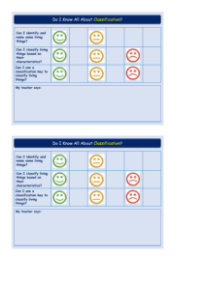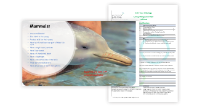Classification - Classification Printable
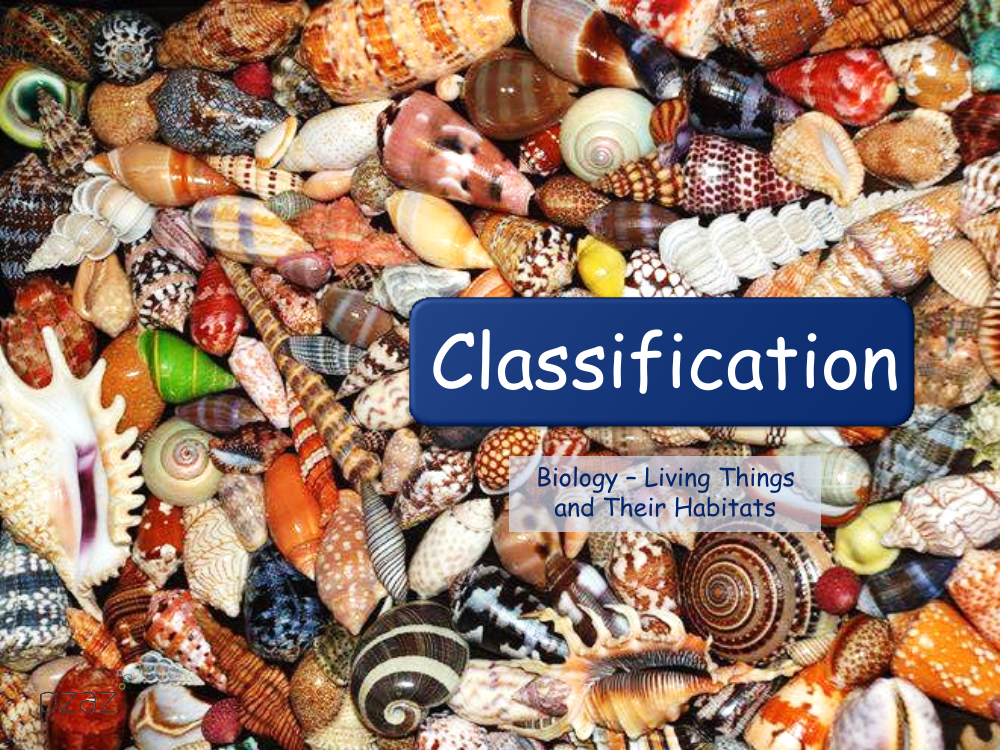
Science Resource Description
The educational material on classification delves into the fascinating world of Biology, specifically focusing on living things and their habitats. It aims to equip students with the ability to identify and name various living organisms, classify them based on distinct characteristics, and utilise classification keys for systematic grouping. The content is structured around engaging questions and scenarios, such as a story about a class visit to the Natural History Museum, where students learn about the surprising fact that baby dolphins are born with a moustache, shedding light on the complexities of animal classification. The guide in the story encourages the students to think critically about how animals are grouped and the characteristics that define each group, such as the presence of a backbone in vertebrates or the absence of it in invertebrates.
Through interactive exercises, students are prompted to apply their knowledge by classifying different items, from buttons based on their characteristics to toy animals and real-life animal figures into categories such as invertebrates, reptiles, fish, amphibians, birds, or mammals. They are also tasked with distinguishing mammals from non-mammals using information cards and creating their own classification keys. The learning material reinforces the concept that scientists classify living things by shared features or differences, with examples like butterflies and flies being grouped by the number of wings and legs. By the end of the lesson, students should be able to answer questions about the classes of vertebrates and mammals, differentiate between various animals, and craft questions for a classification key to separate distinct species, ultimately assessing their understanding of classification in Biology.
